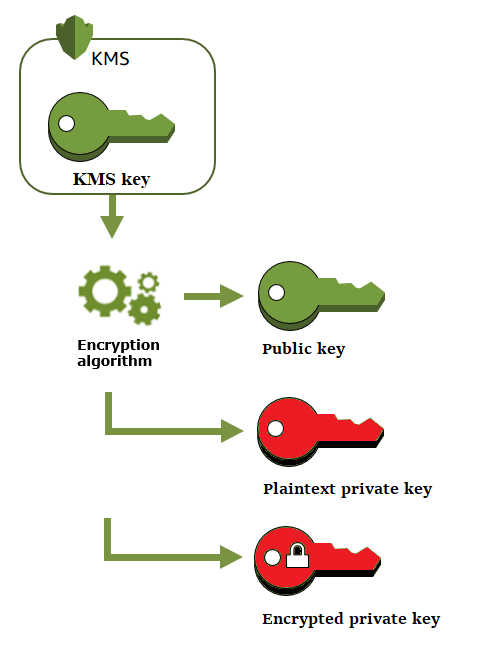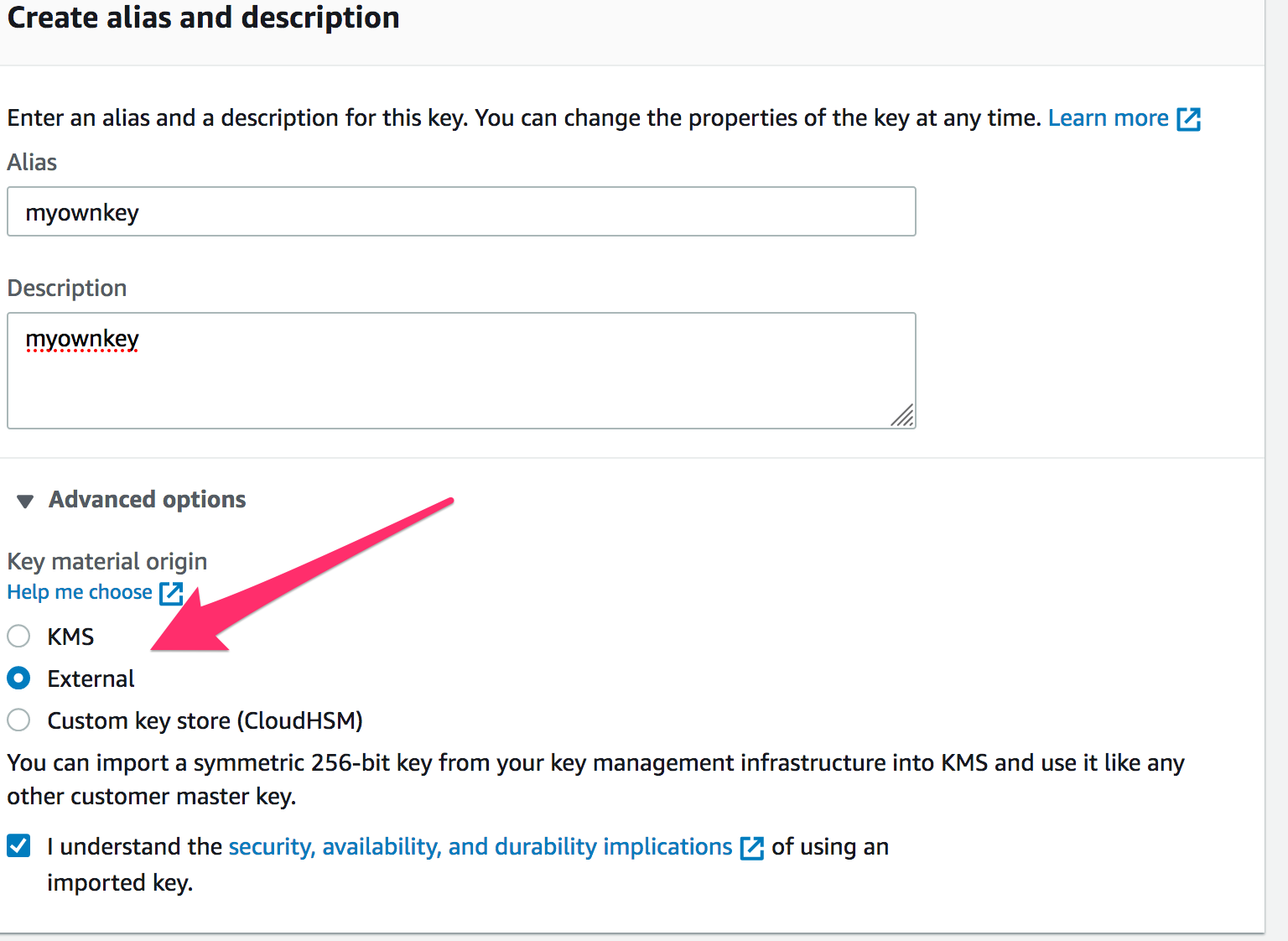
Symmetic encryption
The addition of the -aes256option specifies the cipher to use to encrypt the private key file. $ openssl list -cipher-algorithms With your private key in hand, you can use the following command to see the key's details, such as its modulus and its constituent primes. Advanced Encryption Standard (AES) provides symmetric key cipher that the same key is used to encrypt and decrypt data. This implementation uses 128, 192, or 256 bit keys. This module provides functions to create a new key with newencrypt and perform an encryption/decryption using that key with aesige.
For symmetic encryption, you can use the following:
To encrypt:

To decrypt:
Asymmetric encryption
For Asymmetric encryption you must first generate your private key and extract the public key.
To encrypt:
To decrypt:
Encrypting files
You can't directly encrypt a large file using rsautl. Instead, do the following:
- Generate a key using
openssl rand, e.g.openssl rand 32 -out keyfile. - Encrypt the key file using
openssl rsautl. - Encrypt the data using
openssl enc, using the generated key from step 1. - Package the encrypted key file with the encrypted data. The recipient will need to decrypt the key with their private key, then decrypt the data with the resulting key.
Ultimate solution for safe and high secured encode anyone file in OpenSSL and command-line:
Private key generation (encrypted private key):
With unecrypted private key:
With encrypted private key:
With existing encrypted (unecrypted) private key:

Encrypt a file
Encrypt binary file:
_Round_Function.png/250px-AES_(Rijndael)_Round_Function.png)
Encrypt text file:
What is what:

smime— ssl command for S/MIME utility (smime(1)).-encrypt— chosen method for file process.-binary— use safe file process. Normally the input message is converted to 'canonical' format as required by the S/MIME specification, this switch disable it. It is necessary for all binary files (like a images, sounds, ZIP archives).-aes-256-cbc— chosen cipher AES in 256 bit for encryption (strong). If not specified 40 bit RC2 is used (very weak). (Supported ciphers).-in plainfile.zip— input file name.-out encrypted.zip.enc— output file name.-outform DER— encode output file as binary. If is not specified, file is encoded by base64 and file size will be increased by 30%.yourSslCertificate.pem— file name of your certificate's. That should be in PEM format.
That command can very effectively a strongly encrypt any file regardless of its size or format.
Decrypt a file
Decrypt binary file:
For text files:
What is what:
Openssl Generate Aes 256 Keys
-inform DER— same as-outformabove.-inkey private.key— file name of your private key. That should be in PEM format and can be encrypted by password.-passin pass:your_password— (optional) your password for private key encrypt.
Verification
Creating a signed digest of a file:
Verify a signed digest: